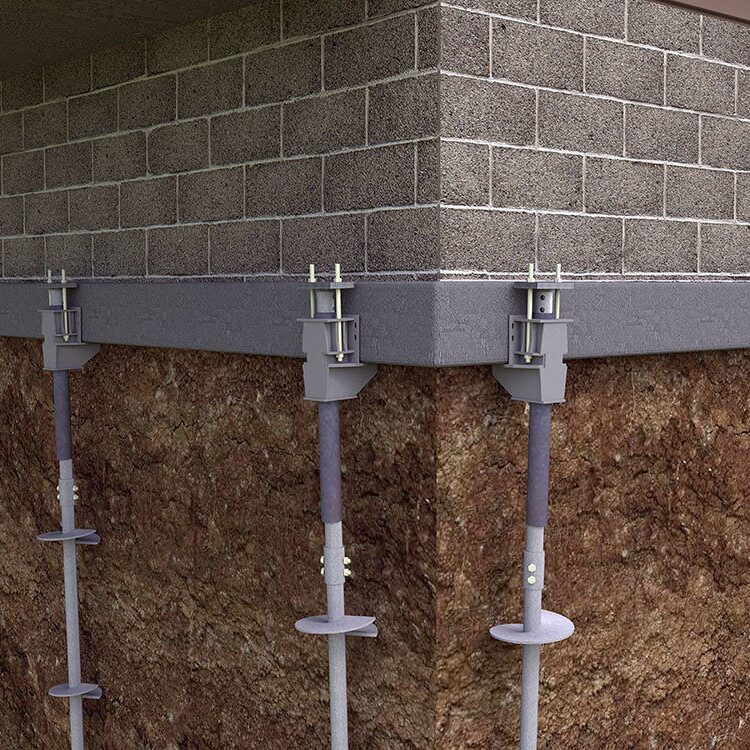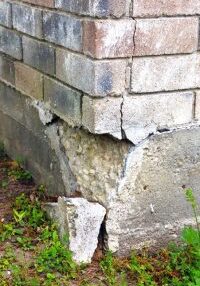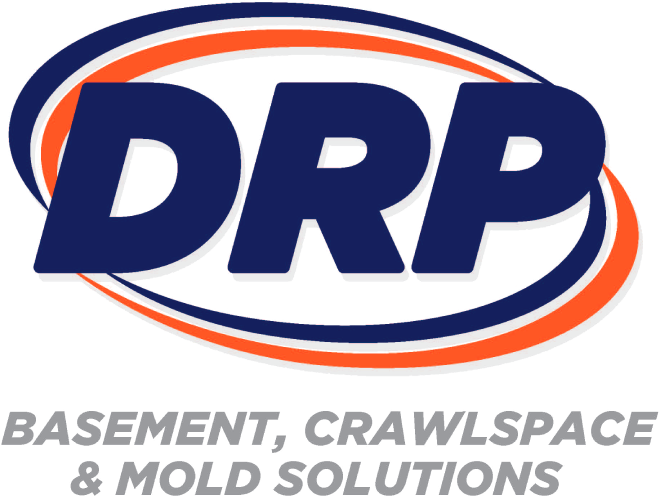Explore Our Foundation Pier Installation Services
Foundation piering
is a method of strengthening the foundation of a building by installing vertical columns underneath the existing foundation. The purpose of installing the vertical columns is to counter unevenness and settling.
Piering is the first step in gaining strength for a structure before the process of repairing cracks and waterproofing begins.
In case you have discovered water entering your basement, it might be a sign that your foundation is failing. Sometimes, it may be something simple that will require fixing a few cracks.
But if the problem persists, then the best thing is to contact Disaster Restoration Pros, serving the greater St. Louis metro area in both Missouri and Illinois.
You may be wondering and asking yourself the question: Do foundation piers really work? Other people are always keen to know about the foundation piers’ cost before taking any step.

Installation of Foundation Piers
1 Digging the Hole
The first step is excavating the ground using a shovel. The hole is normally four or five feet beneath.
2 Cylinder Installation
After digging the hole and exposing the grade beam, a cylinder is inserted at the bottom right, beneath the grade beam. Thereafter, a hydraulic ram is inserted between the top of the concrete cylinder and the bottom of the grade beam.
3 Fitting With the Cap
After the pilings are fused to refusal, they are fitted using a concrete cap with extra cylinders. Your house will automatically be lifted by the use of bottle jacks to its original position.

